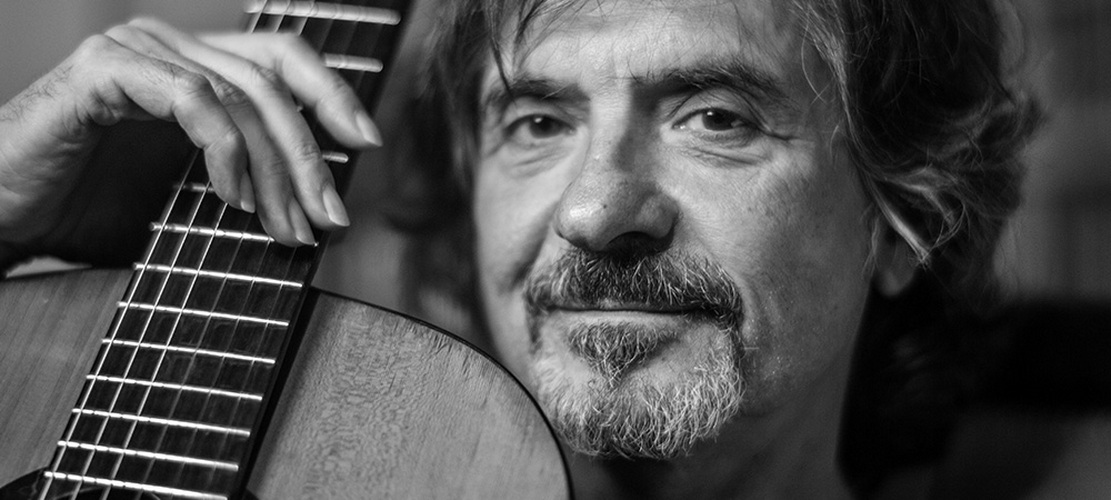Since I have played regularly in 4 continents over the past 30 years, I have had the opportunity to learn and appreciate the points of view of colleagues from all over the world, from the Chinese school to the Japanese, American and European ones.
There are, as expected, many different points of view, both on the actual technique (the setting, the type of touch, the length of the nails etc.), and on the general “vision” of the instrument.
Not all of them lead to equally appreciable results & there are some techniques that are objectively worse than others (those that result in a dirty, out of control sound or create tension that results in back pain or tendonitis), but ignoring those, there remain in my opinion several quite different approaches to technique that, while all valid, reflect a different general “vision” of the instrument.
Just as there are different ways of “seeing” the instrument, so there are different types of setting and technique.
I would say that they can be divided into two large families:
1 The vision of the guitar as a piano, which aims at uniformity of sounds, precision of passages, speed, cleanliness.
2 The vision of the guitar as a voice, which favors the use of colors, timbre nuances, control and use of dynamics, etc.
No. 1 wants a stable MD, which does not change the angle of attack, moves little and decisively, in order to always obtain a nice homogeneous sound and concentrate on the precision of the passages.
(Lattice braced guitars, those that use carbon, etc. are suitable for No. 1 because they sound strong and have few nuances, creating the piano effect in themselves.)
No. 2 requires the ability to create different types of sound attack: the MD must learn to control relaxation, tension, attack angle and attack point in order to be able to create dynamic and timbre nuances, that changeability almost like the lips of a person who speaks and sings.
Those who know me will have already understood that I use and teach the No. 2
While I admire the precision and cleanliness of the No. 1 sound, I find the use of colors and dynamics much more satisfying, which, above all, are the main characteristic and charm of the guitar.
After a successful concert, the comment I hear most often (and that I like the most) is that “I make the guitar speak”.
I tried to understand how I create this impression (so that I can teach it).
It’s about this: I make a discreet but continuous use of timbre/dynamic/agogic variations, just like a voice does when it speaks.
A discreet use: I rarely do a section on the bridge and repetition on the keyboard &.too schematic.
I rarely make a dramatic change of timbre: in general I accompany the intentions of the phrasing with shades of color and volume that come spontaneously to me and that create precisely this effect.
And this is also how I treat rubato.
I also make discreet but constant use of that, always at the service of the comprehensibility of the phrase, of the type of meaning (feeling) that I have to communicate.
I don’t like dramatic rubato: you won’t hear me going in time and suddenly stopping vibrating with inspired air on a note & this is not really part of my aesthetic taste. Better a light rubato functional to the pronunciation of the phrases.
A good exercise to practice the elasticity of the phrasing without exaggerating is to put the metronome on and play rubato, entering and exiting the rhythm at will.
I believe that another important element for the quality of the performance is sincerity.
The purpose of playing should be (depending on the type of music) to tell a story, or create a climate, in short to involve the listener and create an aesthetic effect.
The listener’s attention should be on the music, not on the performer.
Sometimes, in front of a certain type of audience, it pays to draw attention to oneself, to make exaggerated grimaces, exhausting rubatos, winking attitudes, but here we enter the field of artistic integrity, and this is a private field for which every artist is responsible.

I think this is one of the most vital info for me.
And i’m glad reading your article. But should
remark on some general things, The website style is
ideal, the articles is really nice : D. Good job, cheers
Thank you very much